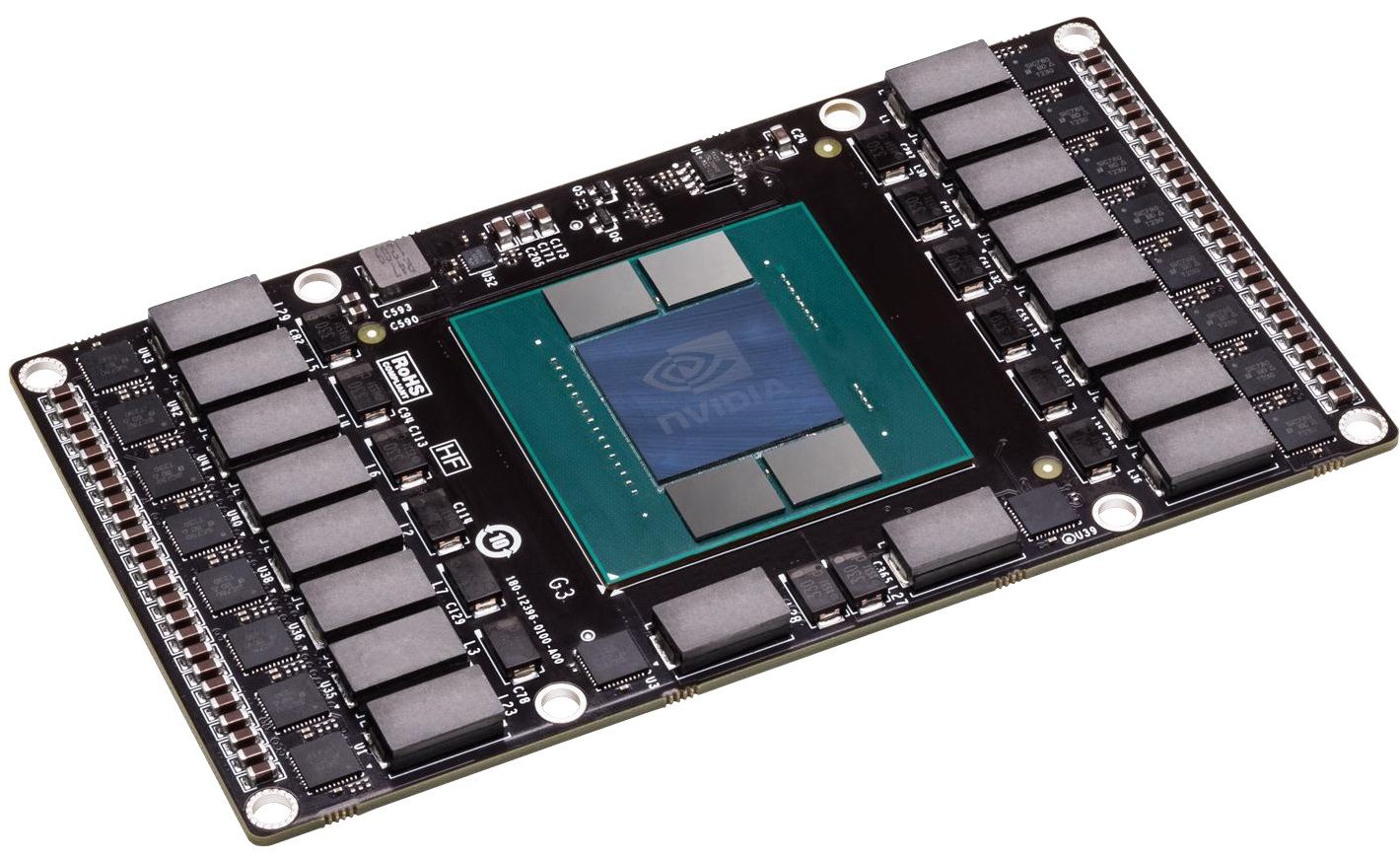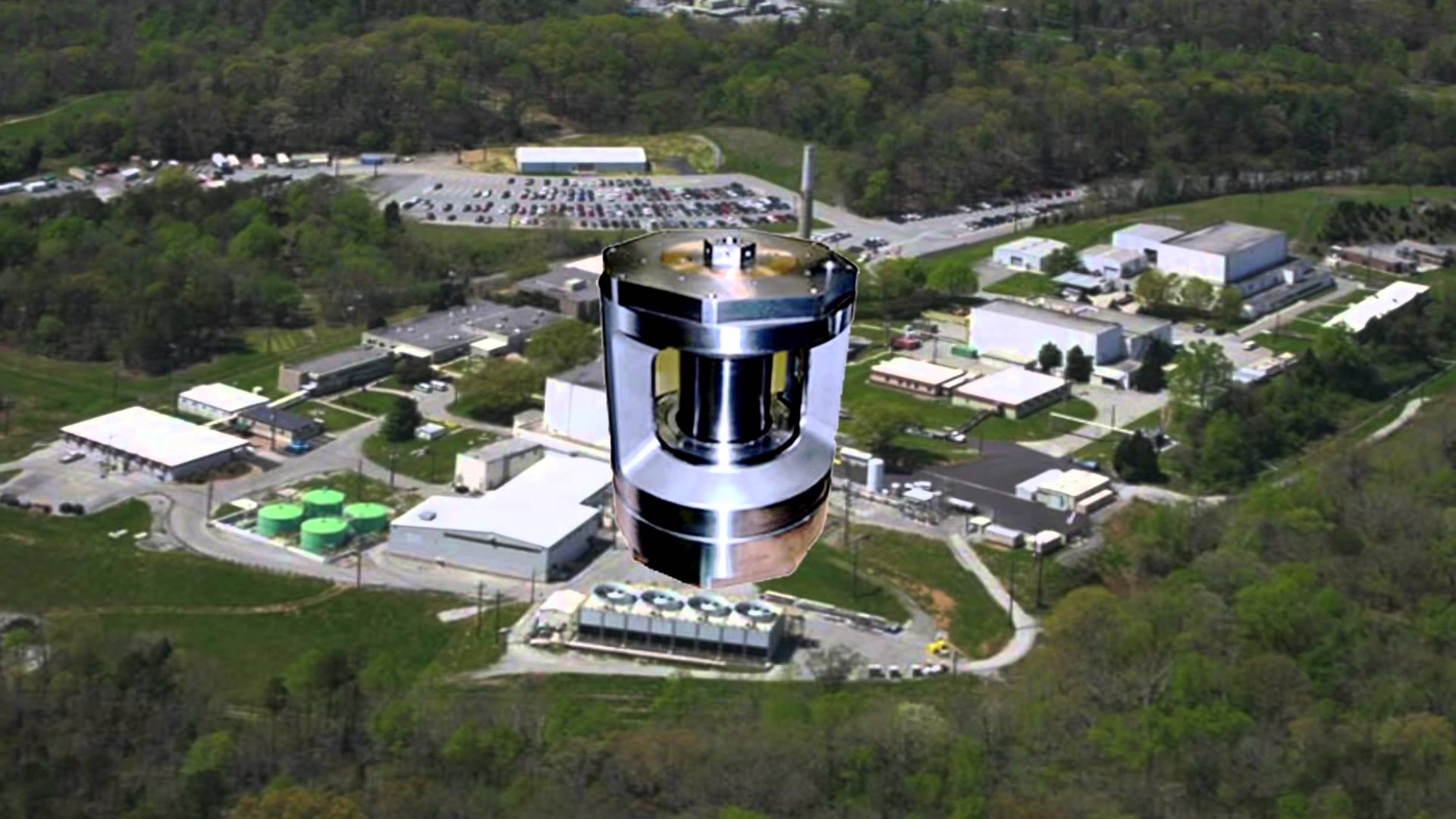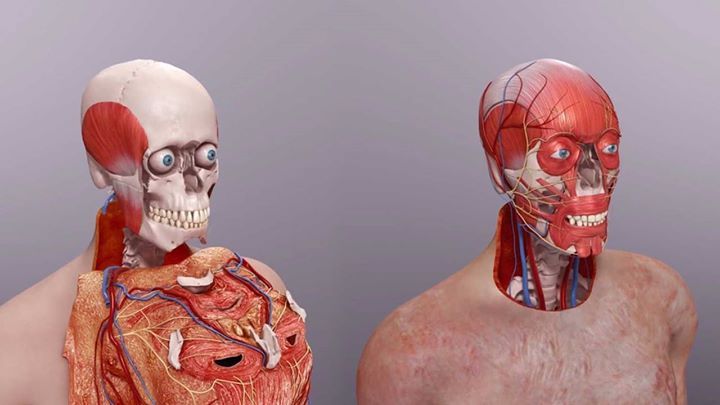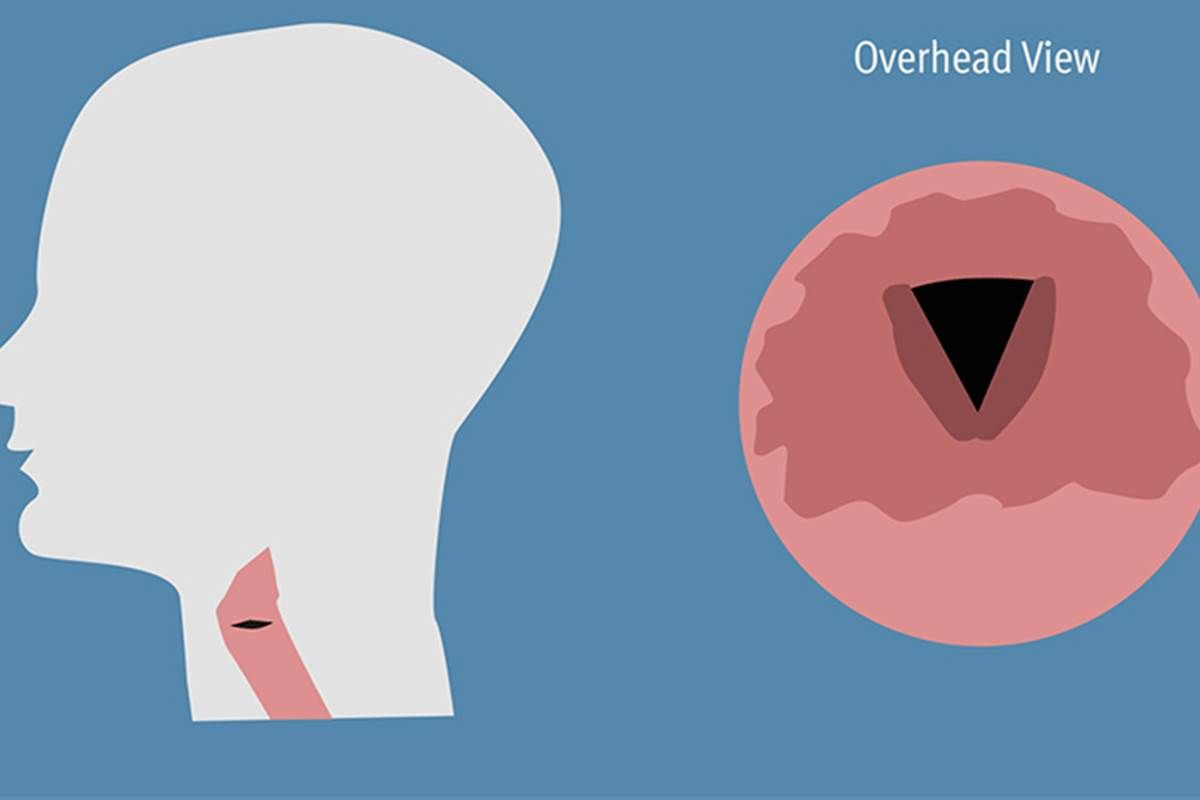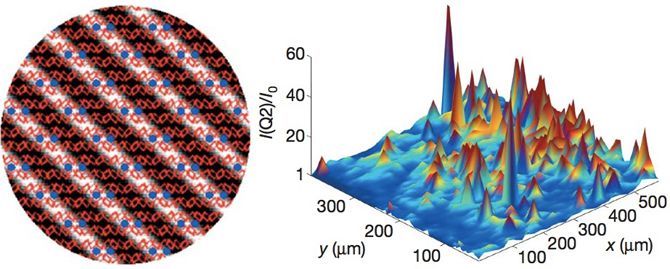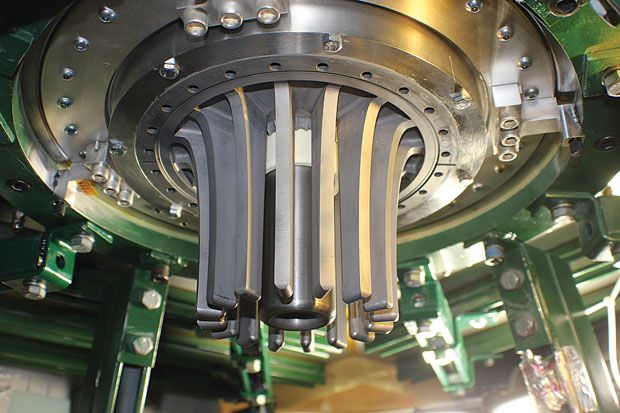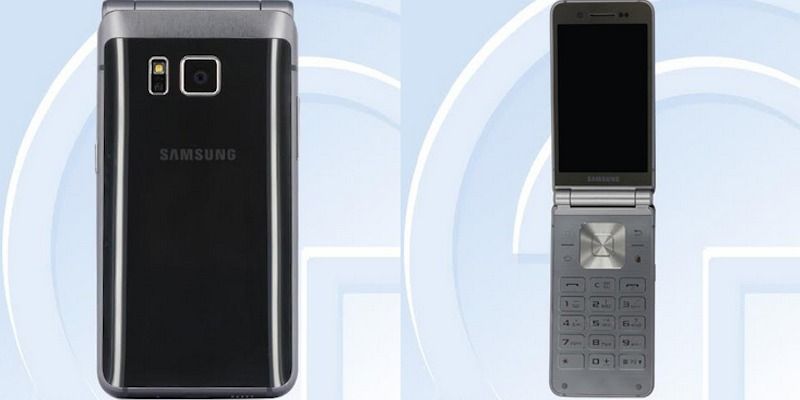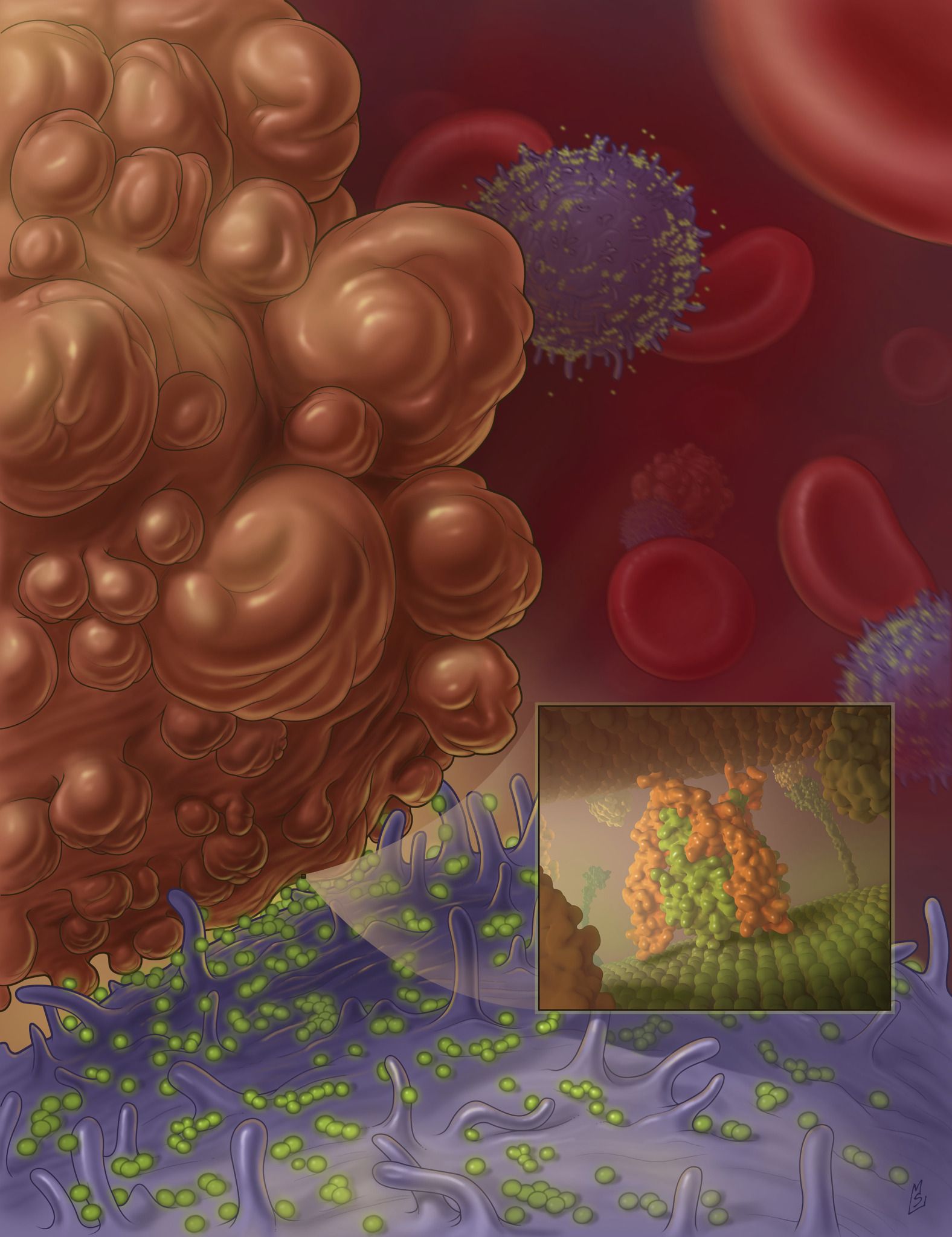Nvidia shared some more details on its upcoming Pascal architecture for 2016 — the new GPU will offer 1TB/s of memory bandwidth and up to 16GB of VRAM.
A team has, for the first time, discovered how to produce ultra-thin “diamond nanothreads” that promise extraordinary properties, including strength and stiffness greater than that of today’s strongest nanotubes and polymer fibers. Such exceedingly strong, stiff, and light materials have an array of potential applications, everything from more-fuel efficient vehicles or even the science fictional-sounding proposal for a “space elevator.”
Face transplant
Posted in biotech/medical
As many as 20 million Americans have impaired voices because of damage to the vocal cords — more precisely, vocal folds — the researchers report in the journal Science Translational Medicine. There’s no good solution for them now.
Organs for transplant are always in short supply and no one’s really tried transplanting vocal folds into a living patient, the team said. They decided to try growing new ones.
It’s not an easy thing to do. The tissue that makes up vocal folds is extremely specialized. Not just any old tissue will do the job.
Tech behemoth Apple is set to become the first completely solar-powered company in Singapore.
As part of a long-term partnership with Sunseap Group, Apple will draw upon Sunseap’s vast network of more than 800 solar panel-equipped buildings, which will satisfy the energy requirements for the company’s forthcoming 2,500-person corporate campus and retail store operations in Singapore.
According to Lisa Jackson, Apple’s vice president of Environment, Policy and Social Initiatives, the company aims to completely kick its dependence on fossil fuels and rely instead on renewable energy sources for its facilities worldwide.
Bostrom tells IBTimes UK that advanced AI creation is on the path to the ‘best possible future’.
What seemed to be flaws in the structure of a mystery metal may have given physicists a glimpse into as-yet-undiscovered laws of the universe.
The qualities of a high-temperature superconductor — a compound in which electrons obey the spooky laws of quantum physics, and flow in perfect synchrony, without friction — appear linked to the fractal arrangements of seemingly random oxygen atoms.
Those atoms weren’t thought to matter, especially not in relation to the behavior of individual electrons, which exist at a scale thousands of times smaller. The findings, published Aug. 12 in Nature, are a physics equivalent of discovering a link between two utterly separate dimensions.
With a glass and metal design reminiscent of the Galaxy S6, it could prove pretty popular.
It’s actually quite difficult to buy a phone these days that isn’t a buttonless smartphone — leaving people who prefer a physical keyboard (they still exist, as the Blackberry Priv shows) without many options.
The market for this phone might be fairly niche, but if it satisfies users’ nostalgia and actually works it could be a success.
Nanoscale liposomes (orange) containing TRAIL protein (green) attach to the surface of white blood cells (blue), bump into cancer cells (brown), and program them to die (credit: Cornell University)
Cornell biomedical engineers have developed specialized white blood cells they call “super natural killer cells” that seek out cancer cells in lymph nodes with only one purpose: to destroy them, halting the onset of cancer tumor cell metastasis.
“We want to see lymph-node metastasis become a thing of the past,” said Michael R. King, the Daljit S. and Elaine Sarkaria Professor of Biomedical Engineering and senior author of a paper in the journal Biomaterials.
